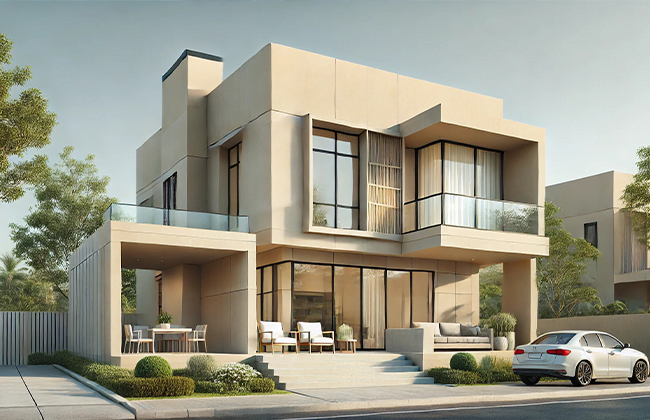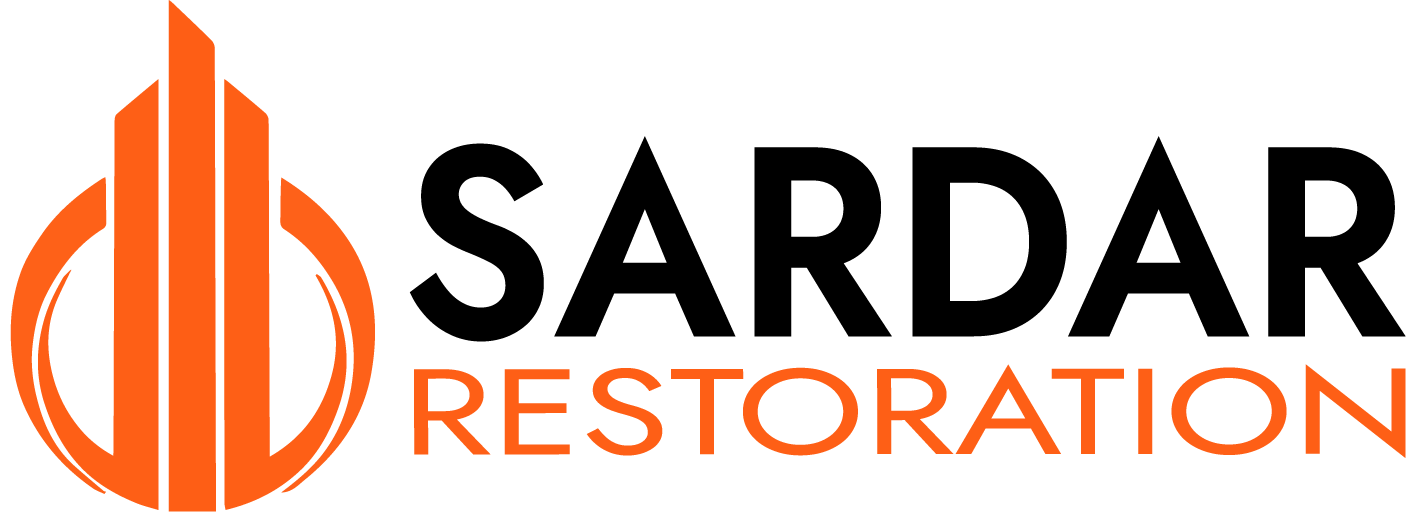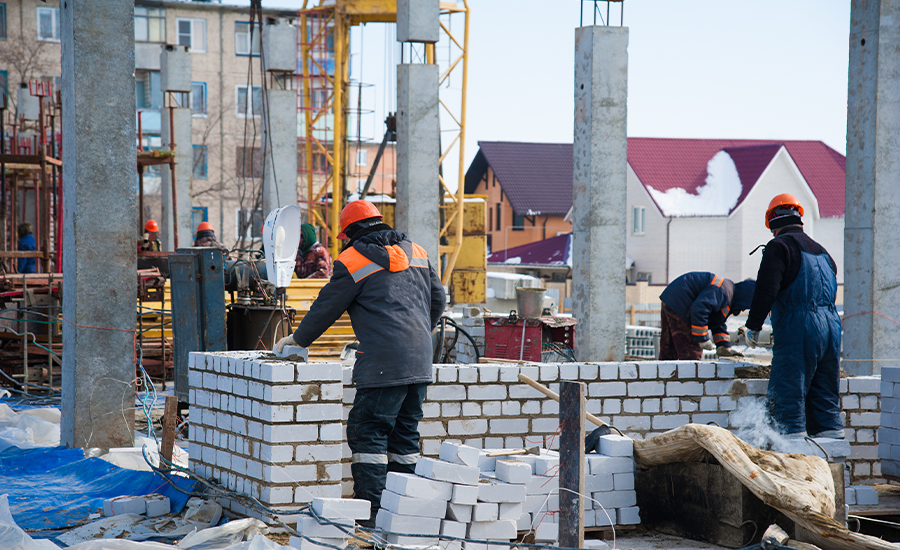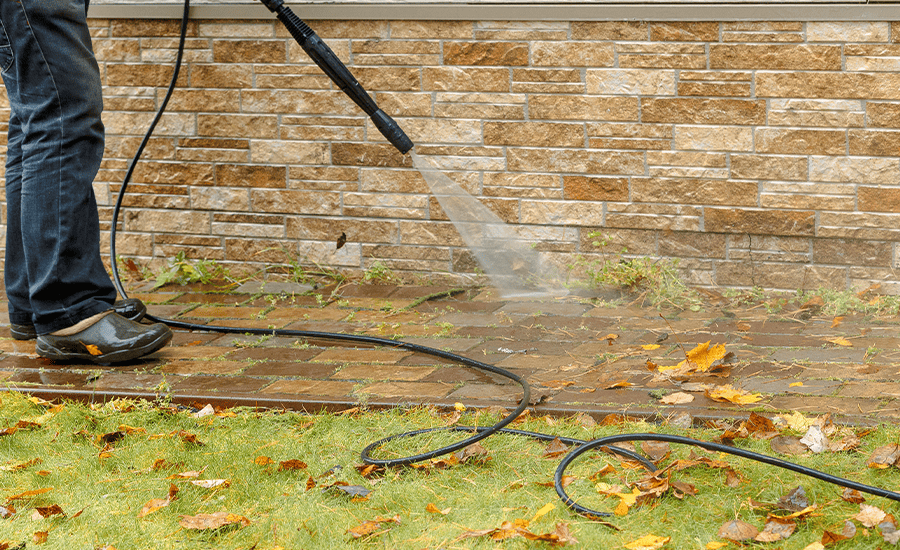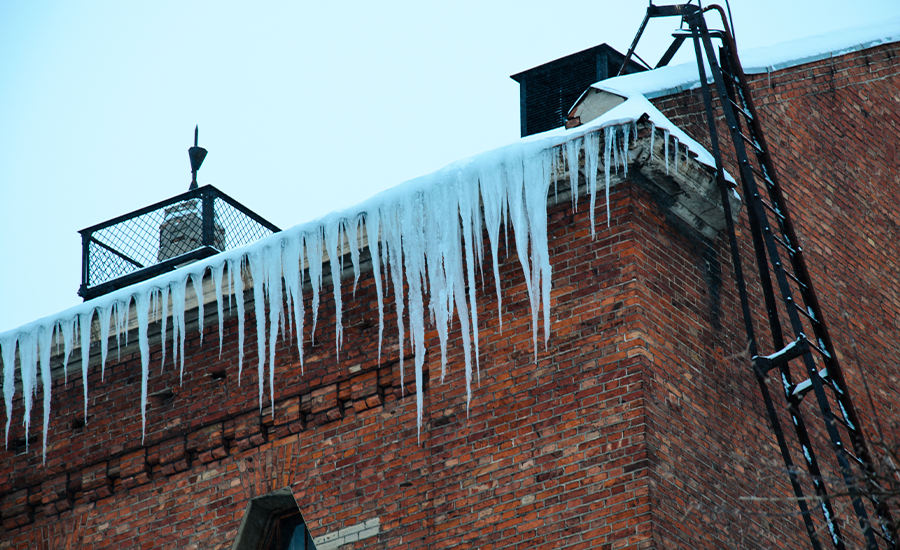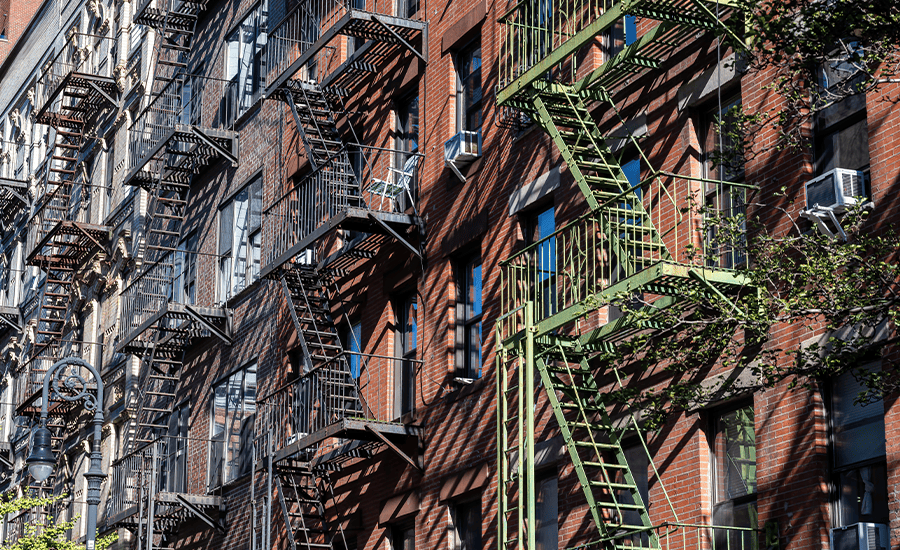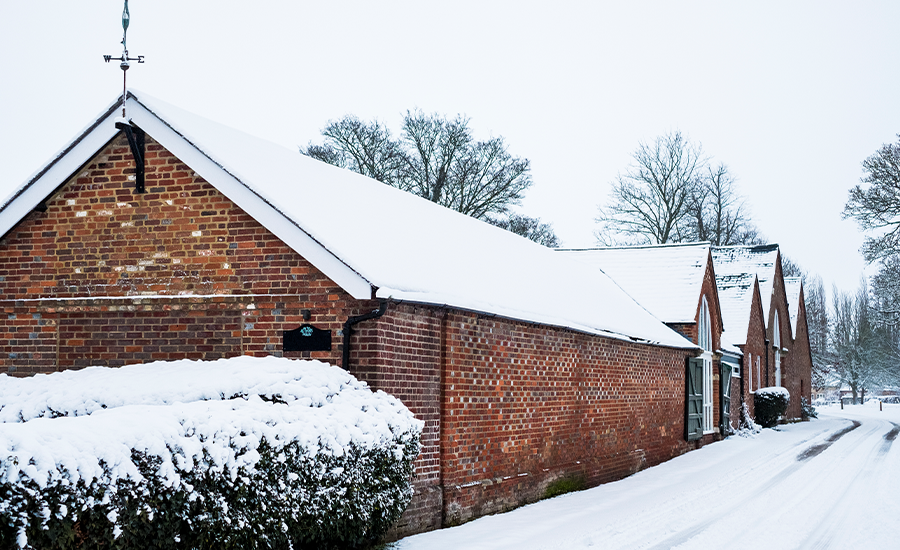Are you considering giving your home a fresh, updated look? Installing stucco could be a fantastic way to enhance your property’s curb appeal and overall durability. This guide dives deep into what it takes to install stucco, from the initial preparation to the finishing touches. We’ll explore various factors that influence the cost to install stucco, ensuring you have all the information to make an informed decision. Whether you’re mulling over materials or curious about costs, you’re in the right place to get started on transforming your home’s exterior.
What is Stucco?
Stucco is more than just a material to slap on the side of your house; it’s a versatile, durable option that has dressed up exteriors for centuries. So, what exactly is stucco?
Well, it’s a mixture primarily made of cement, sand, lime, and water, applied in layers over a base—usually a lattice framework called lath. Once it dries, stucco becomes a hard, dense coating that’s both weather-resistant and attractive.
Overview of Stucco as a Building Material
Let’s break down why stucco has been a go-to for builders and homeowners alike. Its durability is top-notch; properly mixed and applied stucco can last 50 years or more with minimal maintenance. Plus, it’s fire-resistant, which adds a layer of safety to your home. Stucco’s insulation properties also stand out, providing an extra barrier against the hot summers and chilly winters, which means it can actually help in reducing energy costs.
Benefits of Choosing Stucco for Home Exteriors
Choosing stucco for your home isn’t just about practicality; it’s also about aesthetics and versatility. Stucco comes in various textures and can be customized with a wide range of colors to fit any design scheme. This adaptability makes it easy to match your specific style or to stand out in the neighborhood. Additionally, stucco’s seamless look can cover up visual imperfections in the underlying materials, giving your home a smooth, cohesive appearance.
So, when you’re considering materials for that next big exterior makeover, remember stucco isn’t just a sturdy choice—it can also transform your home’s curb appeal and possibly save some cash on those energy bills. Moving on to understanding the factors that influence the cost to install stucco, let’s dive into what drives the pricing and how you can get the best bang for your buck.
Factors Influencing the Cost to Install Stucco
When you’re thinking about slapping some stucco on your home, a bunch of factors come into play that can affect the overall cost. Let’s dig into these so you can plan your budget without any surprises!
Materials Needed: Types of Stucco (Traditional vs. Synthetic)
First things first, the type of stucco you choose has a big impact on your wallet. Traditional stucco is your old-school mix of cement, lime, sand, and water. It’s robust, time-tested, and gives you that classic textured look. Then there’s synthetic stucco, known in the biz as Exterior Insulation and Finish System (EIFS). Synthetic stucco is lighter, often comes with insulation built in, and is a bit more flexible in terms of application and finishing options. However, it can be pricier due to the materials and the technology involved.
Labor Costs: Factors Affecting Labor Expenses
Don’t forget about labor costs! Applying stucco isn’t a walk in the park; it requires skilled hands. The complexity of your project, local labor rates, and the time of year can all tweak the final figure. More intricate designs or surfaces that need a lot of prep work can also drive up the hours needed, which means higher costs for labor.
Preparation Work: Necessary Steps Before Application
Prepping for stucco involves more than just slapping on a coat. You need to ensure the surface is clean, sound, and correctly primed. Sometimes, old siding needs to be removed, or repairs might be necessary before the stucco can go up. This stage is crucial because if you skimp here, you might face issues like cracking or detachment down the line—costly problems you definitely want to avoid.
Size and Complexity: How Dimensions and Design Influence Costs
Last but not least, the size and complexity of your project will play a huge role in determining the cost. A larger house or a building with lots of corners, curves, or architectural features will need more materials and labor. The more complex your design, the more time and precision it requires, which, you guessed it, ups the cost.
So, as you can see, a lot goes into figuring out how much it’ll cost to give your home that stucco makeover. Understanding these factors will not only help you budget more accurately but also avoid those pesky, unexpected expenses. Up next, let’s take a look at the average costs of stucco installation to help you get a clearer picture of what you might be spending.
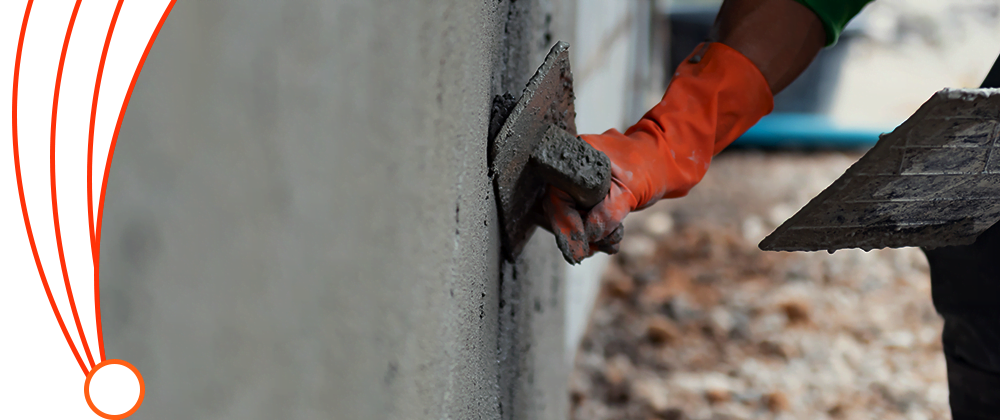
Average Costs of Stucco Installation
Diving into the costs of stucco installation, you’ll find it’s not just a straight shot from budget to build. Let’s explore what you might expect to spend nationally and how this can vary from state to state.
National Averages: General Cost Ranges in the U.S.
Across the U.S., the cost to install stucco typically swings from about $6 to $9 per square foot. But remember, this is just a ballpark figure. If you opt for synthetic stucco, the price might bump up a bit, potentially ranging from $7 to $10 per square foot. Why the price hike?
Synthetic stucco often involves additional insulation layers and finishing techniques that can add to the overall labor and materials cost.
By Region: Cost Variations Across Different States
Just like real estate, the costs associated with stucco installation can greatly vary depending on where you’re located. For instance, homeowners in urban areas like New York or California might see higher prices due to increased labor rates and material costs. In contrast, those in the Midwest might enjoy more moderate pricing. It’s also worth noting that local climate conditions can influence the choice of materials and techniques, which can either drive up or lower the costs. For example, areas with high humidity levels might require more durable stucco options to withstand the moisture, adding to the expense.
So, before you set your budget in stone, it’s a good idea to check out local rates and chat with contractors to get a clearer picture of what stucco installation might cost in your specific area. Now, ready to get into the nitty-gritty?
Let’s move on to a step-by-step guide on how to install stucco, so you know exactly what the process entails and where your money is going.
Step-by-Step Guide to Stucco Installation
Installing stucco isn’t something you do on a whim—it’s an art that needs a bit of know-how and a lot of attention to detail. Here’s a straightforward, step-by-step guide to get that stucco up and looking sharp on your home’s exterior.
1. Preparation of the Site
First things first, you’ve got to prep the area. This means making sure the surface is clean, dry, and free from any damage. If you’re applying stucco over an existing surface, you’ll need to remove any loose or damaged material and repair significant flaws. It’s also crucial to cover windows, doors, and trim with protective sheeting to avoid any mishaps with the stucco mix.
2. Mixing and Applying Stucco
Mixing stucco is pretty straightforward but has to be done right. You’ll mix one part cement to three parts sand, adding lime and water until you get a consistent, workable paste. This is where the magic happens—apply the stucco to the wall using a hawk and trowel. Start from the bottom and work your way up, applying it in thin, even layers. Typically, you’ll need three layers: the scratch coat, the brown coat, and the finish coat, allowing each layer to cure slightly before applying the next.
3. Curing and Finishing Touches
After applying the final coat, the stucco needs to cure. This isn’t just waiting around; you need to keep the stucco moist by misting it with water over several days. This prevents it from drying too quickly, which can cause cracking. Once it’s fully cured, you can apply any desired textures or paint, giving your stucco the perfect finish that matches your home’s vibe.
And just like that, you’ve got a stuccoed surface that’s not only sturdy but also adds curb appeal to your home! Next up, let’s talk about how you can save some dough while getting this all done. Moving on to some cost-saving tips, you’ll see that a little planning and some smart choices can go a long way.

Cost-Saving Tips for Stucco Installation
So, you’re looking to not just install stucco but also save some cash while you’re at it?
You’re in luck because there are definitely ways to keep your expenses in check without compromising on quality. Let’s dive into some savvy tips that can help you budget more effectively and decide between rolling up your sleeves or letting the pros handle it.
How to Budget Effectively
Planning is your best friend when it comes to budgeting for stucco installation. Here’s a quick rundown to keep your finances on track:
- Get Multiple Quotes: Don’t settle for the first contractor you meet. Shop around, get multiple bids, and compare prices and services. You’d be surprised at how much you can save just by doing a bit of research.
- Choose the Right Time: Believe it or not, timing can affect the cost. Stucco installation can be cheaper during off-peak seasons when contractors are less busy.
- Bulk Buying: If you’re handling a larger project, buying materials in bulk can significantly reduce costs. Many suppliers offer discounts for larger orders.
DIY vs. Professional Installation: What to Consider
Deciding whether to DIY or hire a professional depends on several factors:
- Skill Level: Stucco application is not beginner-friendly. If you have experience in similar home improvement projects, you might consider doing it yourself. However, for most, the precision required suggests hiring a pro.
- Time Investment: DIY means you’ll save on labor costs, but remember, your time is valuable too. Weigh the hours you’ll spend learning and applying stucco against hiring someone who can do it faster and perhaps better.
- Quality and Longevity: Professional installations usually come with warranties and the assurance that it’s done right the first time. A botched DIY job can lead to more expenses down the line in repairs and adjustments.
So, while DIY might seem like a cost-cutter, ensure you consider all angles. Sometimes, paying a bit more upfront for professional installation can save you a heap of trouble and additional costs later on.
Armed with these tips, you’re better prepared to make smart choices that align with your budget and project goals. Speaking of making things last, let’s move on to how you can maintain your stucco and ensure it stands the test of time, keeping those repair costs low and your home looking great.
Maintenance and Long-Term Care
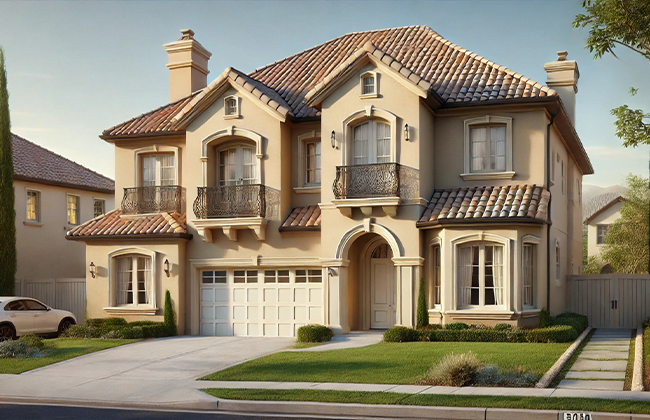
Alright, you’ve got your stucco up and looking sleek—it’s like a new suit for your home! But just like any good outfit, it needs a bit of care to keep it looking its best. Let’s walk through some maintenance tips and how to dodge those pesky repair costs with some proactive upkeep.
Routine Upkeep to Ensure Longevity
Keeping your stucco in tip-top shape isn’t rocket science, but it does require regular attention. Here’s how you can keep those maintenance cycles effective and manageable:
- Regular Cleaning: Every few months, give your stucco a gentle clean with a soft brush and a hose. This removes dirt and debris that can accumulate and cause wear over time.
- Inspect for Cracks: Once a year, take a walk around your home and check for any cracks or separations in the stucco. Small cracks can be fixed easily if caught early, preventing water infiltration and larger structural issues.
- Sealant Application: Applying sealant to stucco can help protect it from moisture and extend its life. Consider this every few years, especially in climates with heavy rain or freezing temperatures.
Potential Repair Costs and Prevention Tips
Staying ahead of repairs isn’t just about diligence—it’s also about knowing what can go wrong and how to prevent it:
- Crack Repairs: Small cracks can be patched relatively cheaply, often under $500, depending on the extent. But if water seeps in and causes structural damage, you could be looking at a much heftier bill.
- Moisture Control: Ensure gutters and downspouts are directing water away from your home’s foundation and walls. This prevents water pooling, which is a common cause of stucco damage.
- Professional Inspections: Sometimes, it’s worth having a professional take a look. They can spot potential issues you might miss and advise on preventive care, saving you money in the long run.
By keeping an eye on these aspects and tackling small issues as they arise, you ensure your stucco remains not just a protective shell but also an aesthetic asset to your home. Remember, proactive care is always less costly than major repairs, so keep this routine maintenance on your radar to ensure your home continues to look great for years to come.
Conclusion
So, you’ve got the scoop on everything from the basics of stucco to detailed cost considerations and essential maintenance tips. Installing stucco not only boosts your home’s aesthetic appeal but also its value and durability. If you’re ready to take the next step and need a professional contractor to install stucco, don’t hesitate to reach out. You can contact a trusted professional at (+1) 917-355-8556 to start your home transformation journey today. They’ll help ensure your stucco installation is seamless and successful!
FAQs
Q: What is the average cost to install stucco on a home?
A: The cost to install stucco typically ranges from $6 to $9 per square foot. Prices can vary based on materials, labor, and the size of your project.
Q: How long does it take to install stucco on a typical house?
A: Installing stucco can take several days, depending on the size of your home and the complexity of the job. It includes preparation, application, and drying times.
Q: Can I install stucco myself, or should I hire a professional?
A: While it’s possible to install stucco yourself, hiring a professional is recommended to ensure quality and durability, especially if you are unfamiliar with the process.
Q: What maintenance is required after installing stucco?
A: Regular maintenance for stucco includes cleaning, inspecting for cracks, and applying sealant every few years to protect against moisture and extend its lifespan.
Q: Does installing stucco increase a home’s resale value?
A: Yes, installing stucco can increase your home’s resale value by improving its aesthetic appeal and insulation properties, making it more attractive to potential buyers.
Q: Is stucco cheaper than siding?
A: Stucco generally costs more upfront than some types of siding due to the labor-intensive application process and materials. However, its durability and low maintenance can make it more cost-effective in the long run.
Q: Why is stucco so expensive?
A: Stucco is often pricier due to the high-quality materials used and the specialized labor required for proper application. It also involves multiple layers and curing times that add to the overall cost.
Q: Does stucco add value to a home?
A: Yes, stucco can significantly enhance a home’s value due to its aesthetic appeal, durability, and energy efficiency, making it a worthwhile investment for many homeowners.
Q: Is it worth it to stucco a house?
A: Stuccoing a house is worth considering if you value long-term durability and a classic look. It’s particularly beneficial in climates where its insulating properties can lead to energy savings.
Q: What are the hidden costs when planning to install stucco?
A: When planning to install stucco, be aware of potential hidden costs like additional surface preparation, unexpected repairs, and weather-related delays that can increase the overall expense.
Q: How often should I inspect my home after I install stucco?
A: It’s advisable to inspect your stucco exterior annually to identify any cracks or damage early on, ensuring timely repairs that can prevent more costly issues in the future.
Q: What factors can increase the cost to install stucco on a house?
A: The cost to install stucco can increase due to factors such as choosing synthetic over traditional stucco, complex architectural features that require more labor, and extensive surface preparations needed for optimal application.
Q: How does the choice of finish affect the cost to install stucco?
A: The cost to install stucco can vary depending on the type of finish selected. Textured finishes might require more labor and materials than smoother options, potentially increasing the overall cost.


